Among the world’s most cherished flowering plants, violets hold a special place in both indoor and outdoor gardens. Their dainty blooms, heart-shaped leaves, and delicate fragrances make them a favorite for novice and experienced gardeners alike. However, to keep violets healthy and blooming, one vital aspect must be mastered — watering.
Watering isn’t just about pouring water into the pot or garden soil; it’s an art that requires careful attention to the plant’s needs, environment, and season. In this detailed guide, we’ll uncover how often you should water violets, factors influencing their watering frequency, signs of improper watering, and expert tips to maintain these charming plants at their best.
An Introduction to Violets and Their Water Requirements
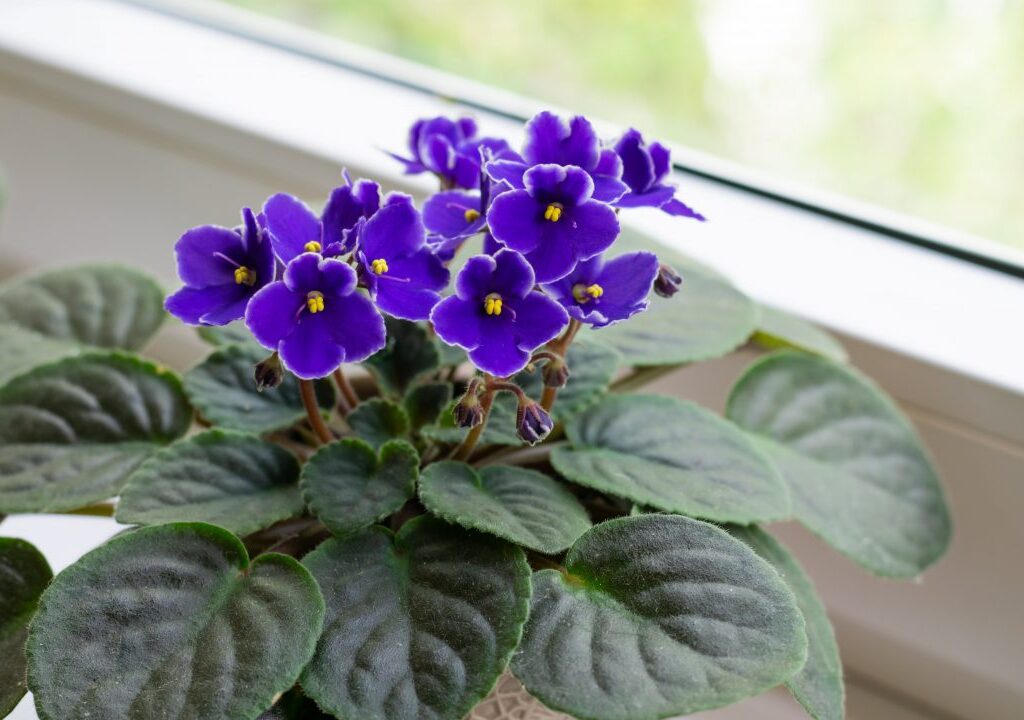
Violets belong to the genus Viola, which includes hundreds of species ranging from wild woodland varieties to popular houseplants like the African violet (Saintpaulia). While there’s variation among types, most violets share similar moisture preferences:
- Violets thrive in moist but not soggy soil.
- They prefer well-draining, slightly acidic to neutral soil with a pH between 6.0 and 7.0.
- Their shallow root systems make them sensitive to both drought and overwatering.
Given these characteristics, understanding the correct watering frequency is essential for keeping your violets lush and vibrant.
How Often Should You Water Violets?
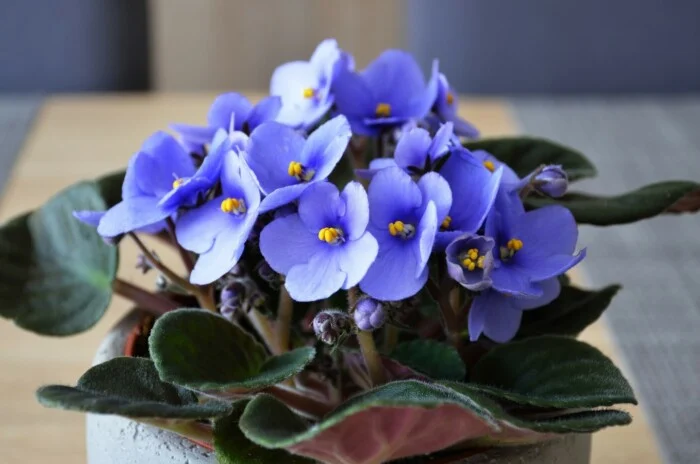
The ideal watering frequency for violets depends on several factors including the type of violet, environment, soil, and season. Here’s a general guideline:
For Outdoor Garden Violets:
- Water every 2–3 days during dry, mild weather.
- Increase to daily watering during hot or windy days.
- Reduce to once a week during rainy, cool seasons.
For Indoor Potted Violets (like African Violets):
- Check soil moisture every 2–3 days.
- Water when the top 1 inch (2.5 cm) of soil feels dry to the touch.
- On average, water about once a week in cooler weather and every 3–4 days in warmer months.
For Hanging Baskets and Containers:
- Water more frequently as soil dries out faster.
- Check daily during hot or breezy days.
Seasonal Watering Guide for Violets
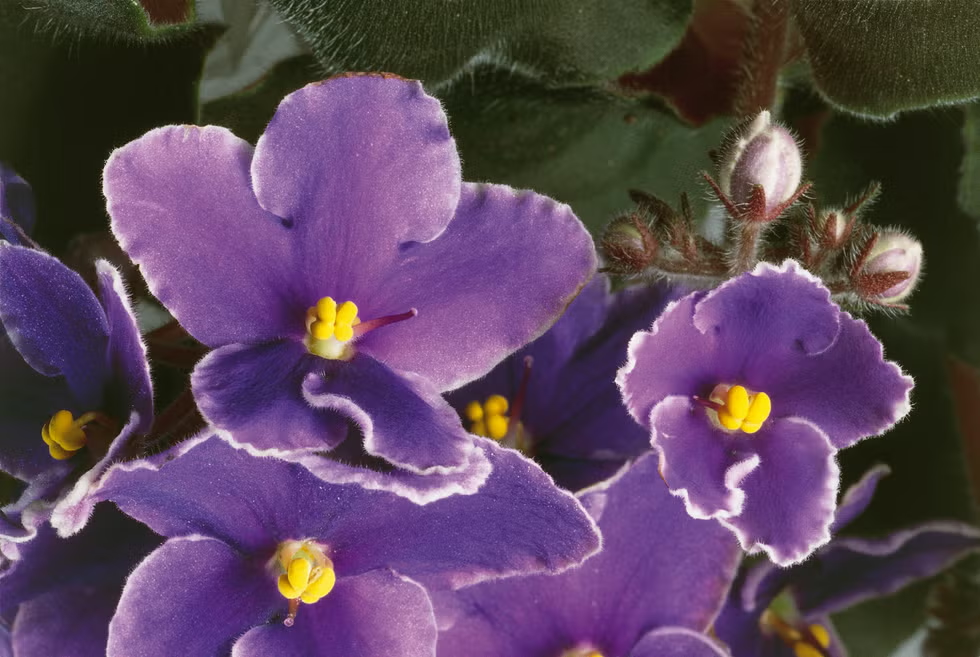
Like most plants, a violet’s watering needs shift with the seasons. Here’s a simple reference table:
| Season | Watering Frequency | Notes |
|---|---|---|
| Spring (Mild) | Every 2–3 days | Watch for soil dryness on warmer days. |
| Summer (Hot) | Every 1–2 days | Provide shade for outdoor violets during peak sun hours. |
| Fall (Cool) | Every 3–5 days | Reduce frequency as temperatures drop. |
| Winter (Cool/Indoor) | Once a week or less | Allow topsoil to dry slightly between waterings. |
Factors That Affect Violet Watering Needs
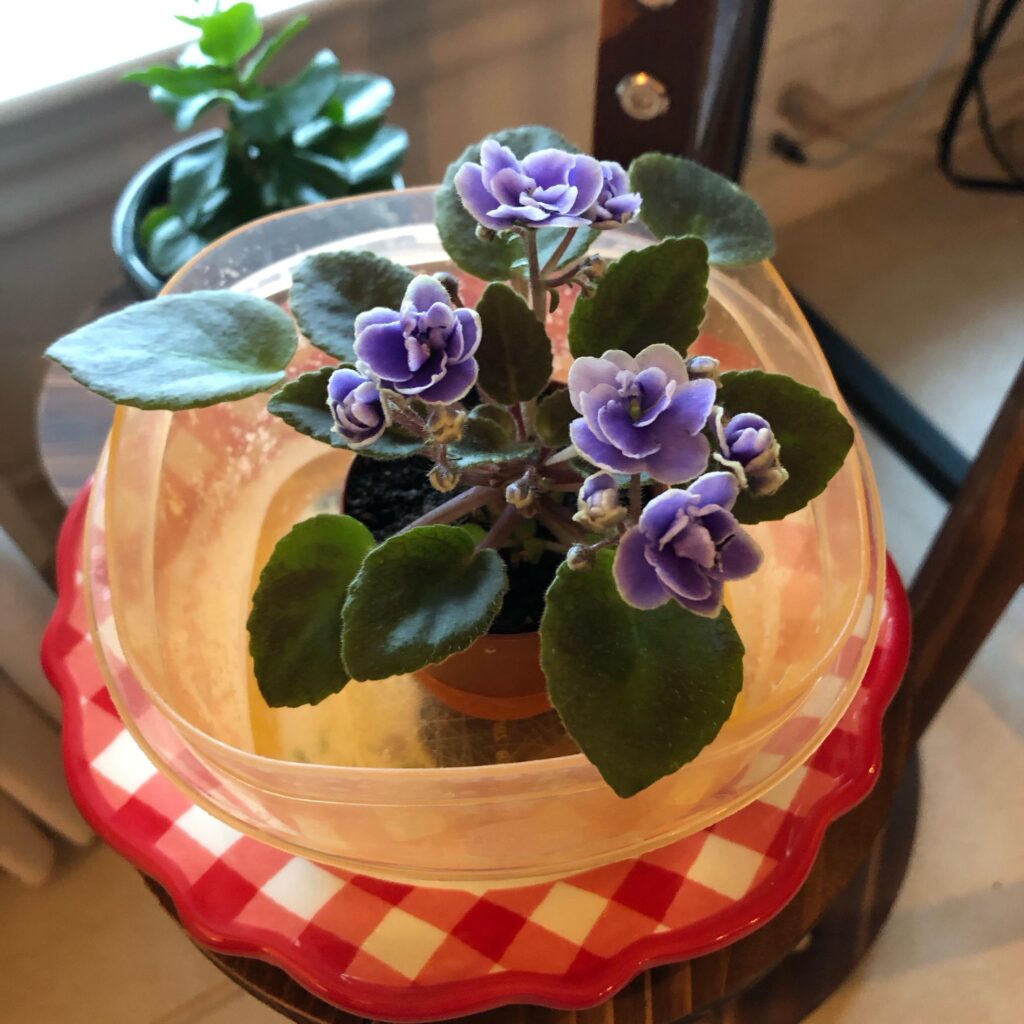
Several variables influence how often violets should be watered. Understanding these helps avoid overwatering or underwatering.
Type of Violet
- African Violets (Indoor) need consistent but moderate moisture.
- Wild Violets (Outdoor) tolerate slight dry spells better but still prefer moist soil.
- Miniature violets in small containers dry out faster.
Soil Composition
- Sandy soil drains quickly and may require more frequent watering.
- Clay-heavy soil retains moisture longer but can cause root rot if overwatered.
- Loamy, well-draining soil is ideal for violets.
Weather and Temperature
- Hot, dry, or windy conditions increase evaporation.
- Cool, humid weather reduces the plant’s water requirements.
Pot Size and Material
- Smaller pots dry out faster than larger ones.
- Terracotta pots are porous and lose moisture more quickly.
- Plastic or glazed ceramic pots retain moisture longer.
How to Check If Your Violet Needs Water
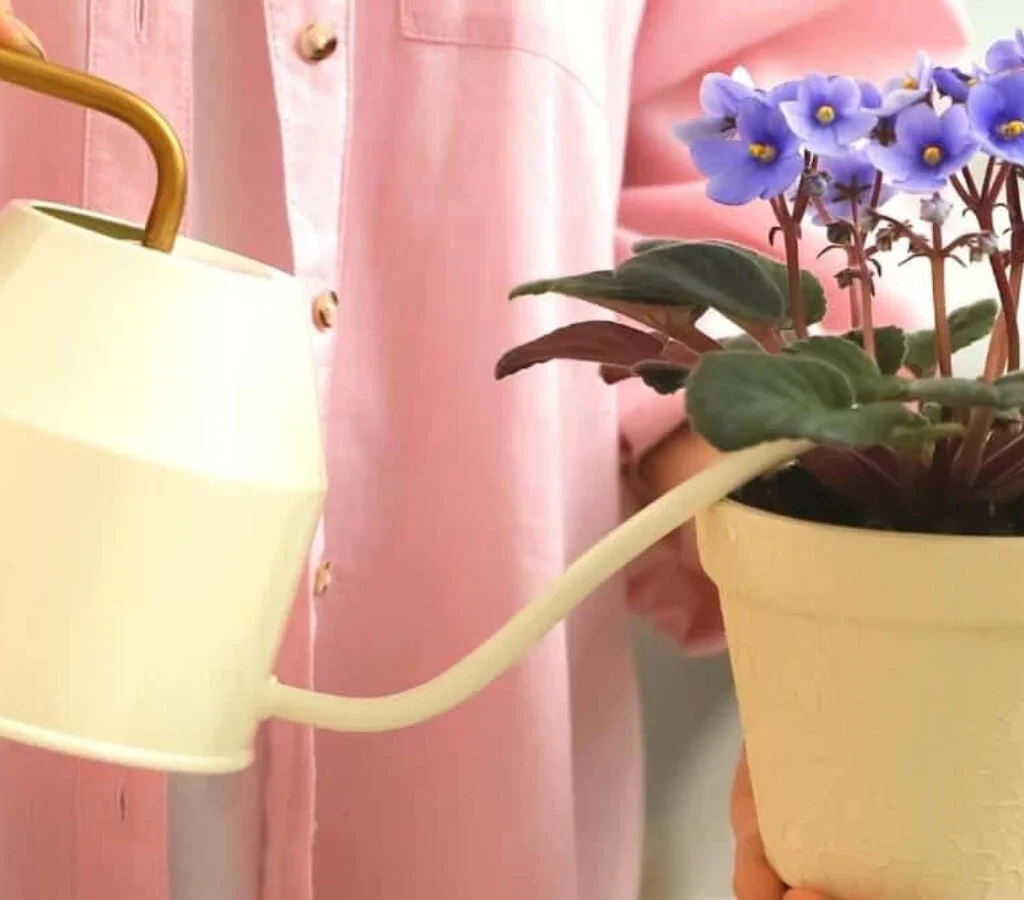
The easiest and most effective way to decide when to water is to check the soil moisture:
- Insert your finger about 1 inch deep into the soil.
- If it feels dry at that depth, it’s time to water.
- If it’s still moist, wait another day or two.
For African violets, using a moisture meter is also a handy option, especially for beginners.
How to Water Violets the Right Way
Watering technique is just as crucial as frequency. Follow these best practices:
Water at the Base
Avoid wetting the leaves to prevent diseases like powdery mildew or crown rot. Always water directly at the base or use bottom-watering for African violets.
Use Room-Temperature Water
Cold water can shock the plant’s roots, while hot water can damage them. Let water sit until it reaches room temperature before using it.
Water Early in the Day
This allows excess moisture to evaporate during the day, reducing fungal risks.
Deep, Slow Watering
Water deeply enough to reach the root zone but avoid creating standing water.
Signs of Overwatering and Underwatering
Recognizing symptoms of incorrect watering helps prevent plant stress or death.
Overwatering Symptoms:
- Yellowing, soft, and drooping leaves.
- Wilting despite wet soil.
- Root rot or mushy stems (especially in African violets).
- Mold or fungus on soil surface.
Remedy:
Stop watering, improve soil drainage, and remove damaged parts.
Underwatering Symptoms:
- Dry, crispy leaves.
- Wilting with dry soil.
- Stunted growth and fewer flowers.
- Brown leaf edges.
Remedy:
Water thoroughly and adjust your schedule to maintain consistent soil moisture.
Pro Tips for Healthy, Blooming Violets
- Use well-draining soil rich in organic matter or peat-based mixes.
- Add mulch for outdoor violets to retain soil moisture.
- Repot indoor violets annually to refresh soil and avoid compacted roots.
- Fertilize lightly every 4–6 weeks during the growing season.
- Remove dead or wilted flowers to promote continuous blooming.
- Provide filtered light for African violets; direct sunlight can scorch leaves.
Regional Considerations
Depending on your local climate, you might need to adjust your watering routine:
- Tropical climates: Water more frequently due to faster evaporation.
- Temperate zones: Stick to general guidelines, increasing during heatwaves.
- Dry, arid regions: Use self-watering planters or soaker hoses for consistent moisture.
- Humid areas: Ensure good soil drainage and reduce watering on damp days.
Conclusion: Mastering Violet Watering for Healthy Growth
Watering may seem like a simple gardening task, but for violets, it’s a delicate balance that makes the difference between thriving blooms and struggling plants. By understanding how often to water your violets, considering environmental factors, and recognizing signs of over or underwatering, you’ll be better equipped to care for these charming flowers.
To summarize:
- Check soil moisture regularly.
- Water every 2–3 days outdoors, and once a week or as needed indoors.
- Always water at the base with room-temperature water.
- Adjust your schedule for weather, season, and soil conditions.
With these practices in place, your violets — whether in a wild woodland garden or a sunny windowsill pot — will reward you with continuous, delicate blooms and vibrant foliage year-round.

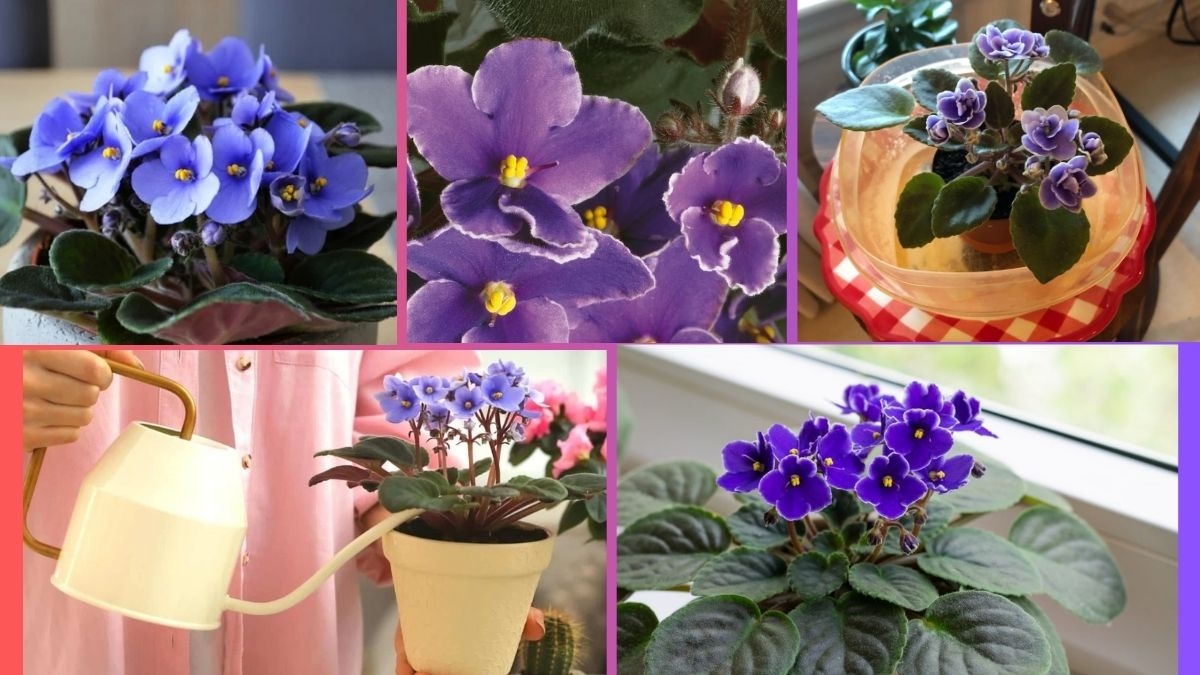



Leave A Comment